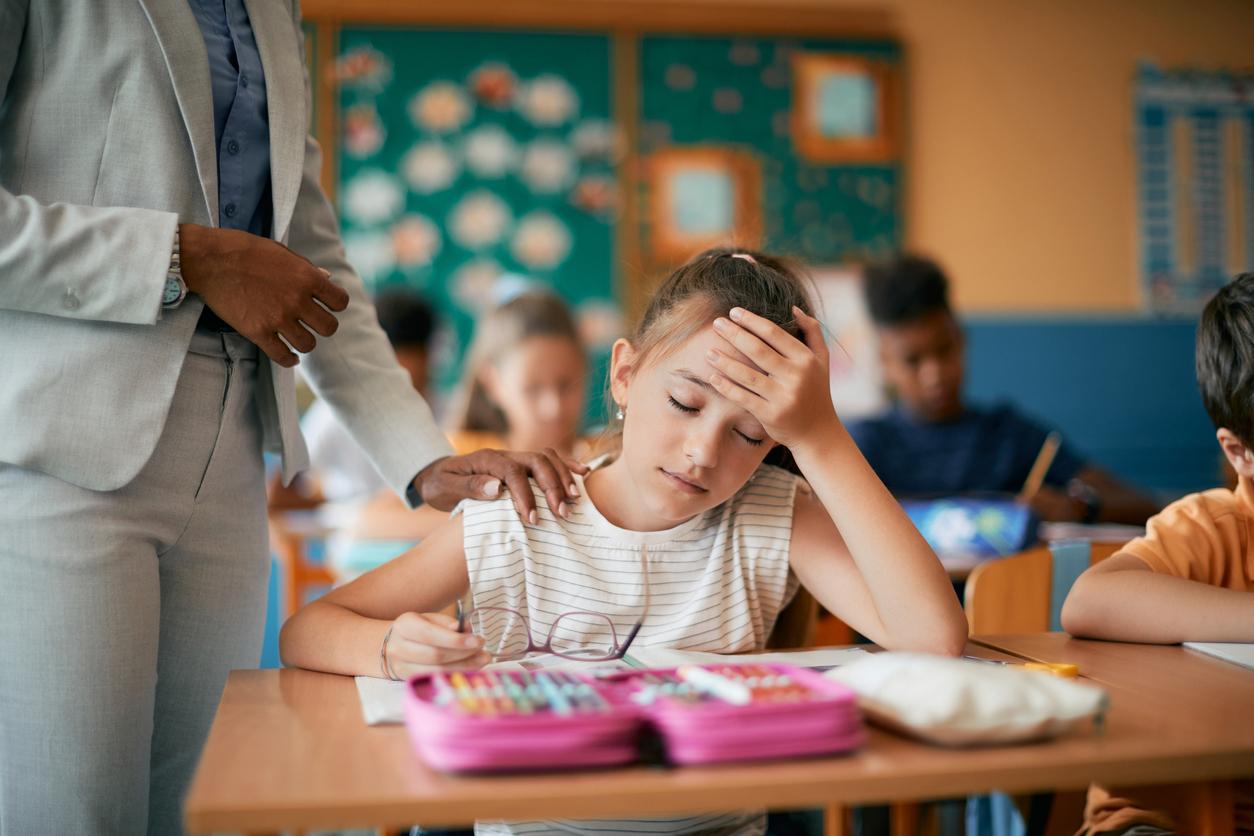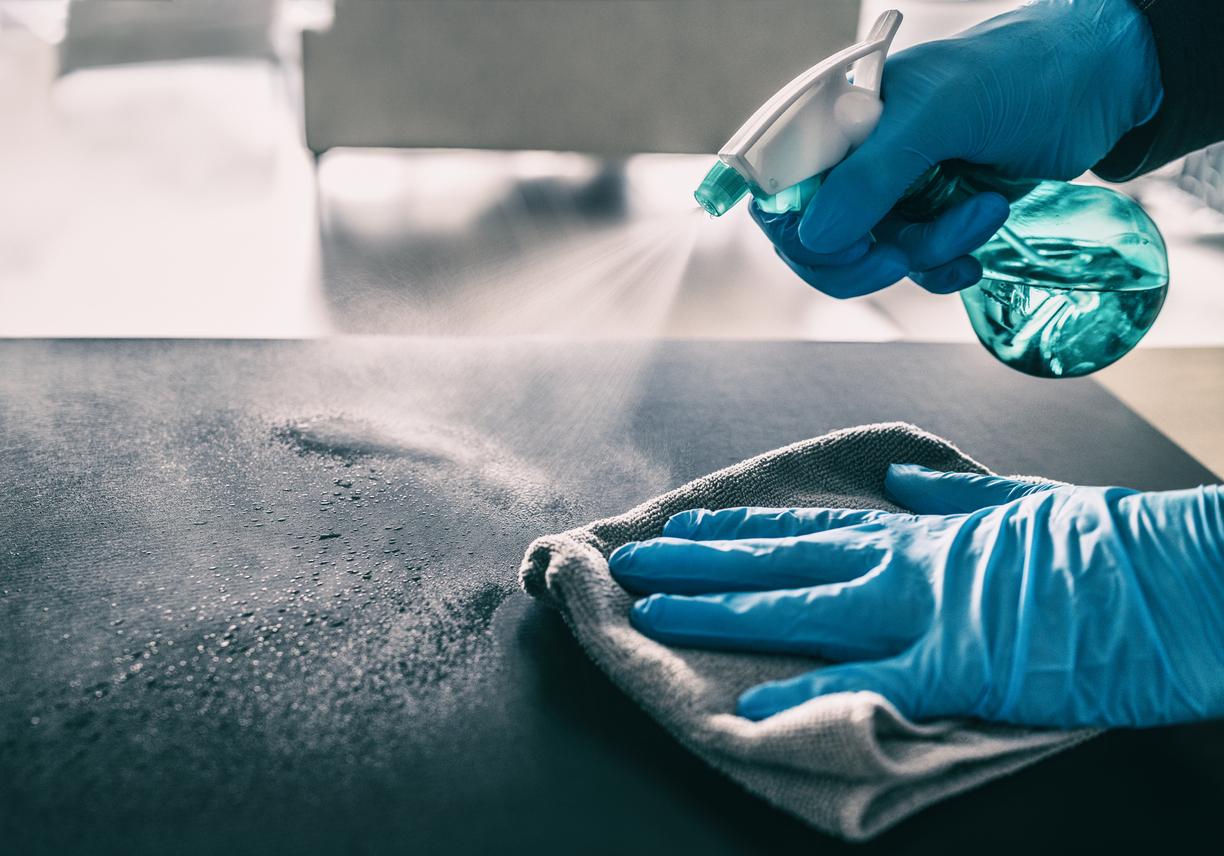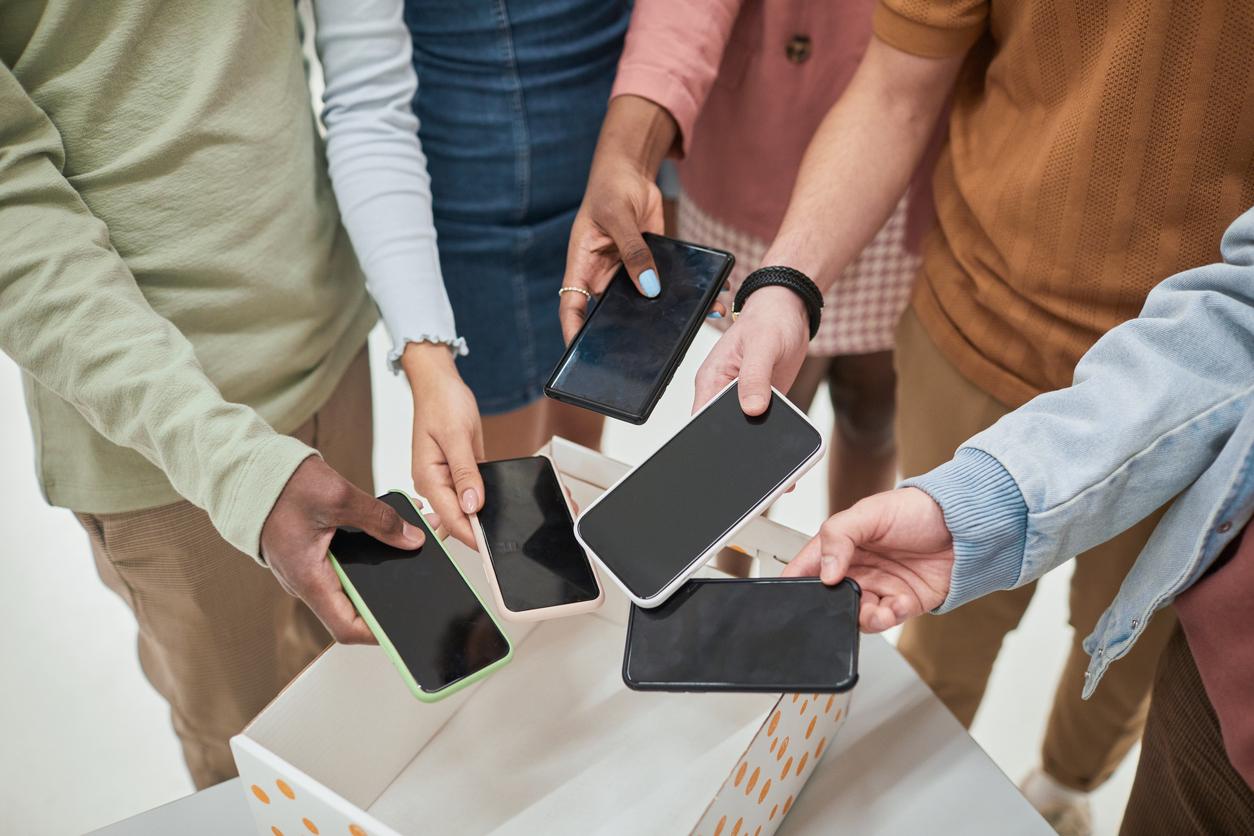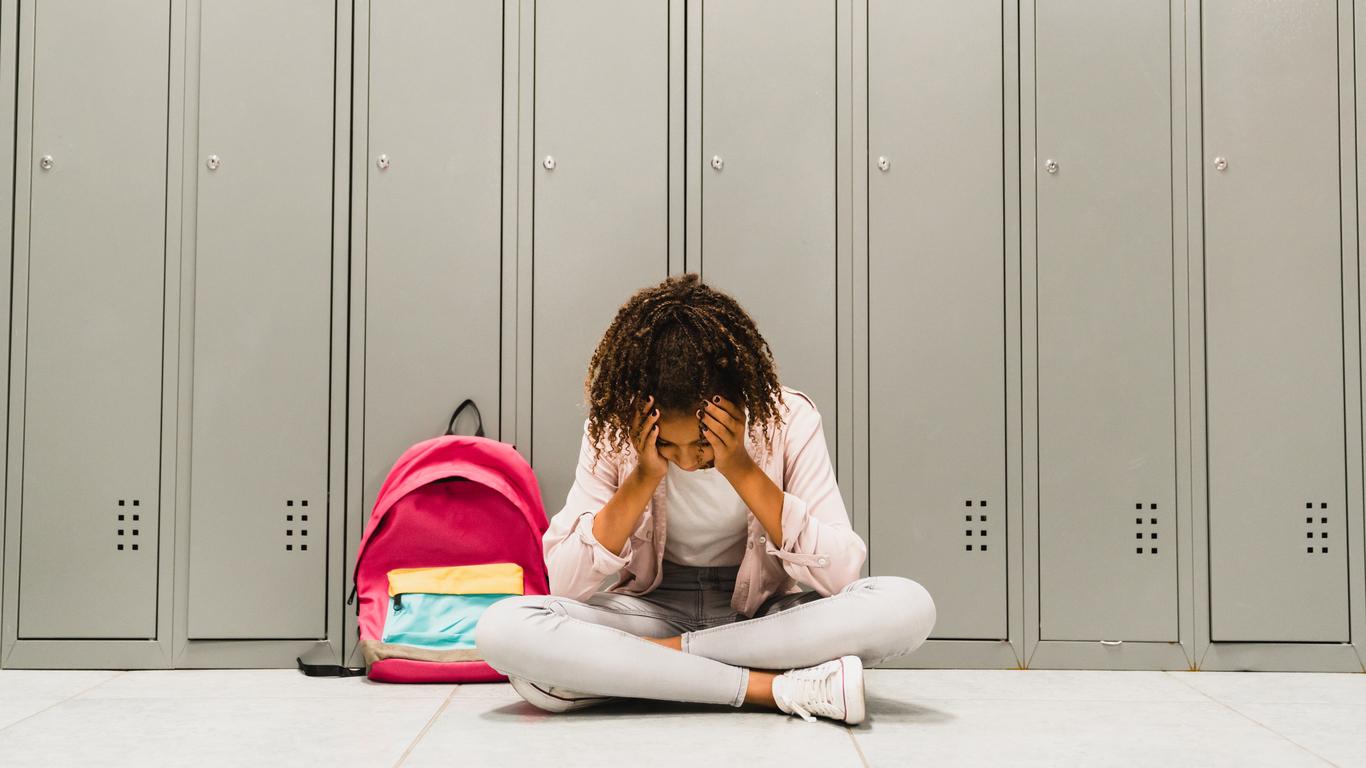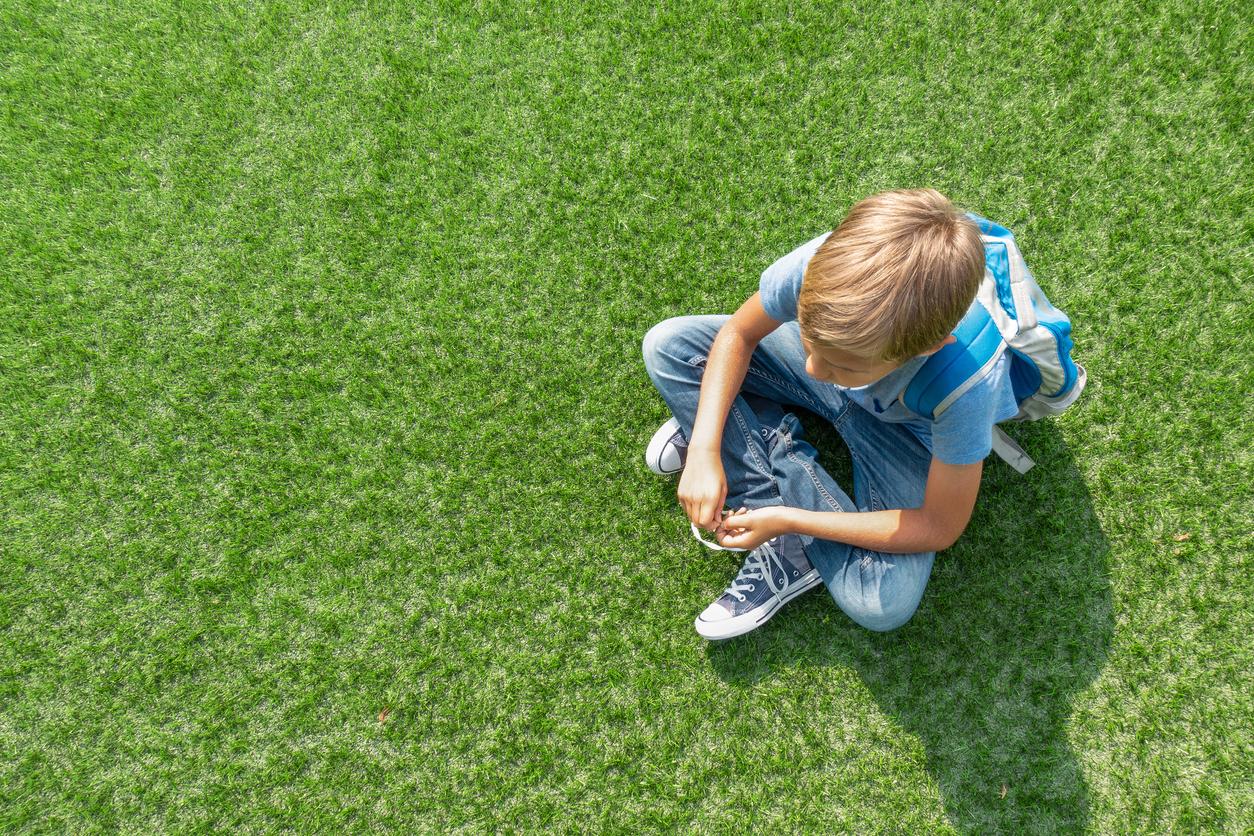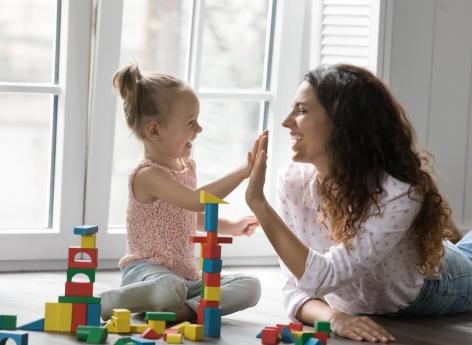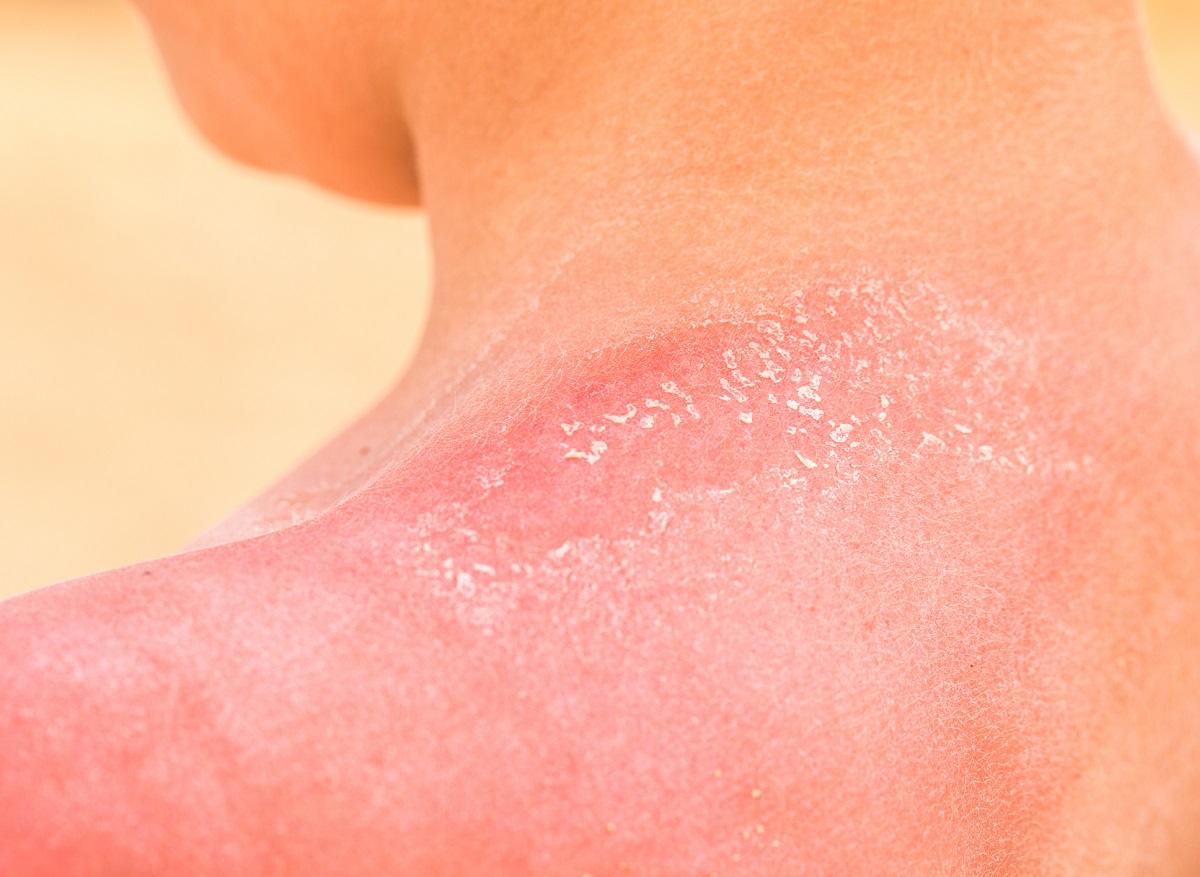Disinfectant products used in nursery schools regularly cause more or less serious burns. ANSES therefore reminds us of the rules of good practice.
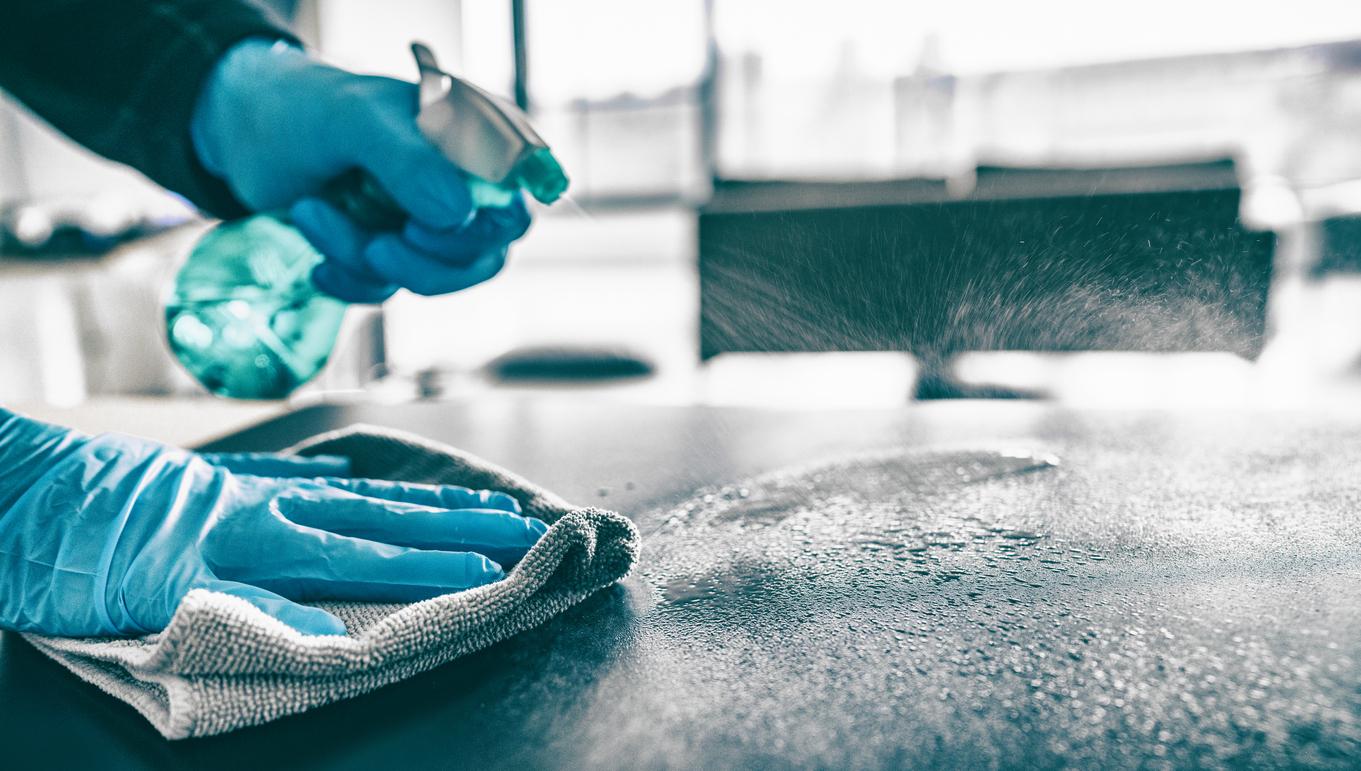
- 118 children, most often under the age of 6, were burned by disinfectant products used in communities, and mainly nursery schools.
- ANSES has issued recommendations to prevent these accidents of varying severity. The proper use of household products and disinfectants is essential to achieve this.
- If lesions appear or if the contact surface with the disinfectant product is extensive, you must contact a doctor or the poison control center.
Between 2017 and 2022, the use of household products to disinfect toilets or furniture was the cause of potentially serious burns among children in collective places, and especially nursery schools.
More than a hundred accidents were recorded between 2017 and 2022. Given this relatively large figure, theHANDLES (National Agency for Food, Environmental and Occupational Health Safety) has issued recommendations.
118 cases of child burns in communities
Poison control centers recorded 118 cases of skin lesions in children in communities. And the products said biocides (substances or preparations intended to destroy, repel or render harmless organisms deemed harmful) were mainly blamed. The “Covid” period, during which the disinfection of tables, toys, chairs and other items handled by children was carried out several days, was probably an accelerator, at least for the years 2020 and 2021, with a stagnation in the number of cases in 2022.
Mainly among girls under 6 years old
These burns were mainly found in children under 6 years old and more particularly in young girls (after sitting on the toilet bowl). They were of low severity in the majority of cases. But eleven children still suffered second-degree skin burns and another received a skin graft because of a third-degree burn.th degree to the buttock.
Some instructions to follow to avoid them
In the event of contact with the skin, ANSES reminds you to remove impregnated clothing and wash it carefully with water, paying attention to areas where the product may remain such as between the skin and clothing, the watch, the shoes…. She strongly advises seeing a doctor or calling a poison Control Center when the contaminated area is large or skin lesions appear.
Recommendations for users
And to limit this type of accident, many of which were caused by poor conditions of use, ANSES has also issued six recommendations intended for people working in establishments welcoming children, but also for parents:
-use products suitable for the surfaces to be disinfected (especially when children can touch them),
– favor the least dangerous products, in particular for communities receiving children,
-choose as a priority ready-to-use products to avoid dilution errors and products whose instructions for use are clear and simple,
-rinse the products, or at least dry them, after application or accidental spillage,
-do not carry out cleaning and disinfection operations in the presence of children and respect the waiting time after disinfection before allowing children to access the treated area,
-train staff in the correct use of disinfectant products.
Cleaning and disinfection of premises remain very important hygiene actions to be carried out on a daily basis, but let us not forget that they must not be a source of inconvenience, especially when these can most often be avoided.









